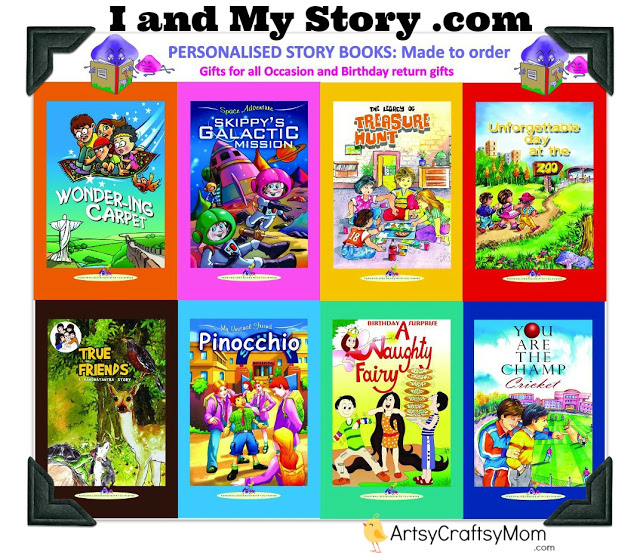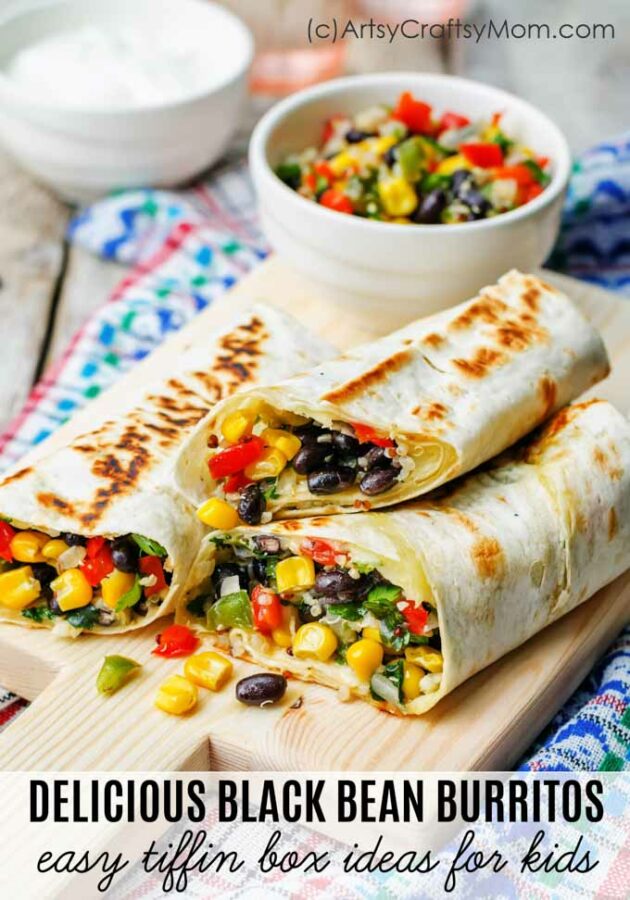Busting Myths about Maggi & a visit to the Nestle R & D Center at Manesar
Busting Myths about Maggi & a visit to the Nestle R & D Center at Manesar – MSG, Fat %, Food safety plus a delicious recipe of Maggi Lasagna
A lot of bad things have happened this year, but the banning of Maggi noodles hit me the hardest — the instant-2 minute soul food that I had practically grown up eating.
Whether it was a quick late night fix in our hostel, or a heartwarming bowl of Maggi “soup” on a cold morning in our winter camp at Shimla, or the first food cooked by my husband, then boyfriend, when I visited his dorm; Maggi has been my steady companion.
The Swiss Brand Maggi (owned by Nestlé) makes a variety of products—including Magic Cubes, Sauces, Pasta and Powdered soups—but in India, the word is essentially synonymous with “2-Minute Noodles.” Maggi noodles first appeared on the market in India in 1980s, and over the next few decades, everyone had his / her own Maggi story, a Maggi memory, and a Maggi recipe.
With a daughter who loves her Maggi too, we couldn’t wait for it to come back!
And IT’S BACK with a bang! New Atta & Oats Range and a whole lot of new flavours that we can’t wait to get exploring. But you know, the thoughts always lingered, Is Maggi Safe? Is it deep fried in Oil? What about MSG?
Imagine my surprise when I was invited on a tour of the Nestle Instant Noodles R & D Centre in New Delhi – A perfect opportunity for some Myth Busting and to get my doubts resolved.
Nestlé R & D Center, Manesar, India
Nestlé shares the commitment to food safety and the quality and safety of their products is a top priority. To strengthen the food safety commitment in India, Nestlé established the Nestlé Food Safety Institute, India (NFSI). Further, the new Research and Development (R&D) in Manesar, India supports all markets worldwide with new product development and manufacturing excellence for Noodles.
At the Manesar facility, set among a gorgeous landscape, our group was welcomed with a Nescafe and led on a brief tour of the facilities.

Wearing Lab coats and feeling pretty important, we spent the day learning about the Research & Development that happens – From the Texture Analysis to the Fat & Protein Content monitoring, the various labs, and the state-of-the-art tools & equipment.
Nestle has the same rigorous approach to food safety in India that they have everywhere else.
Around 300 people work in Nestle’s Lab to ensure quality and food safety in all Nestle products in India. 11 laboratories test the raw materials used in our products as well as the finished product to ensure food safety.

Walking through the Packaging R& D lab, we learned how different packagings are tested for different Instant Noodle variants shipped worldwide.
The Culinarium
The Manesar R & D center is also a Centre of expertise for local Indian cuisine within the NESTLÉ R&D network and offers assistance to Culinary, Confectionery, Nutrition and Dairy products in the South Asia Region (SAR) and all this innovation happens at its own Culinarium or Test Kitchen which is astoundingly well stocked with equipment like ovens, tandoors and spices and fresh ingredients.

At the end of the tour, we had lunch in Culinarium. MasterChef Zaheer Khan – the corporate chef of Nestle R & D Center, India Talked us through the innovation process, and also gave us a demo of using Maggi to make delicious dishes. We saw how to make the Maggi Lasagna which was super delicious. Here are some Step By Step Pics of the Chef making it..

Ingredients to make the Maggi Lasagna
- Maggi Noodles
- Cheese
- Chopped Red, Yellow & Green Peppers
- Basil,
- Salt & Pepper
- Nestle Culinary Tomato Chilli Sauce
To Make Maggi Lasagna
- Grease an iron pan with some oil

- Add a layer of Maggi at the bottom of the pan

- Layer with sauce

- Add a layer of chopped vegetables and Basil
- Sprinkle Salt & Pepper if needed

- Add a generous layer of grated Cheese.

- Repeat to fill the pan with multiple layers of Maggi, Sauce, Vegetables & Cheese.

- Bake in a preheated oven at 250 Degrees till Maggi is cooked.

We were also served with wood-fired pizzas – Both Savory & sweet which were prepared in the Culinarium, but the Maggi Lasagna was my favorite.
What we learned …
Myth #1 – Maggi is Unhealthy
While No single food item is healthy or unhealthy. A balanced diet, moderation and an active lifestyle is the only way to ensure good health.
A balanced diet should provide approximate 50-60% of total calories in a day from carbohydrates, about 10-15% from proteins and 20-30% from fat. MAGGI Noodles, for instance, strikes this balance really well.
The balance between Protein, Carbohydrate, and Fat in MAGGI noodles is very similar to the recommendations made by Indian Council of Medical Research. This includes even the newly launched MAGGI Oat noodles provides energy in this recommended ratio –Energy from carbohydrates (56%), protein (10%) and fats (33%).
Myth #2 – Maggi Contains Added MSG?
Nestle doesn’t add the flavour enhancer MSG (E621) to MAGGI Noodles in India. However, the product contains glutamate from hydrolysed groundnut protein, onion powder and wheat flour. Glutamate produces a positive result in a test for MSG.
Myth #3 – Maggi is Deep Fried
A MAGGI Noodles cake goes through 6 step cooking process before they are packed. Almost like how we cook food at home.
At first, the dough is prepared using wheat, then machines, roll & Cut it into cakes. Then they are steamed – very similar to the process of making Idli. Then they are baked. The 5th step involves quick frying of about a minute and a half which reduces the moisture in the noodle & cooks the noodles cakes enough for them to remain stable for several months before they reach consumers.
This also ensures that you can cook your MAGGI noodles in boiling water in just 2 minutes. Finally, after drying & cooling the noodles are packed. It was interesting for us to learn the R& D center tests both Oil Frying as well as Air Fryers to vary the Fat content. 
All Maggi Queries Answered
Click on the image to read the answers with scientific proof to all the common FAQs about Maggi…
Image Credit – www.nestle.in
All in all, I really enjoyed my visit to the Nestlé R&D facility. I came back feeling a LOT better about continuing to eat Maggi & serving it to my family. How do you have your Maggi? Don’t forget to let me know what you think in comments below.














Responses